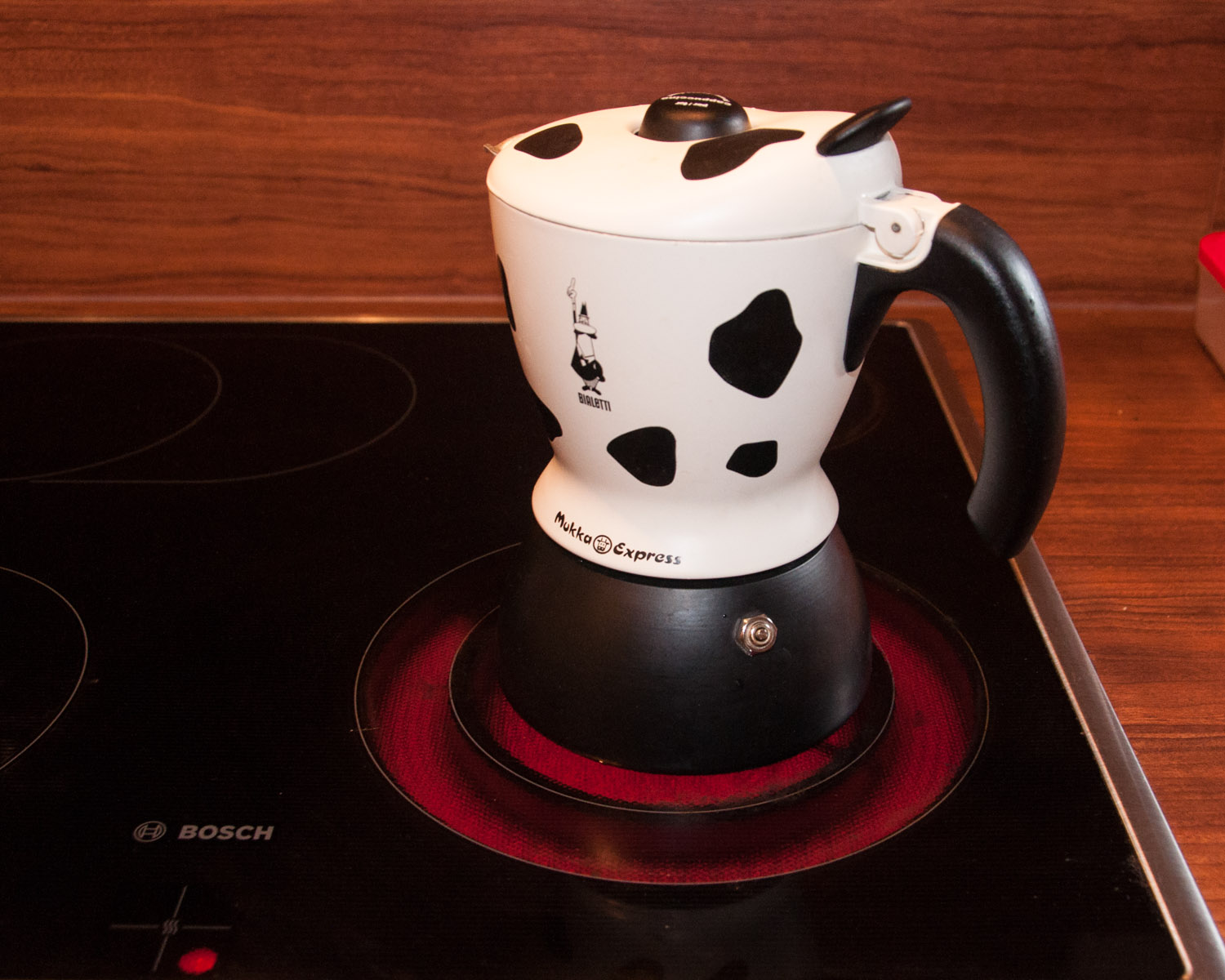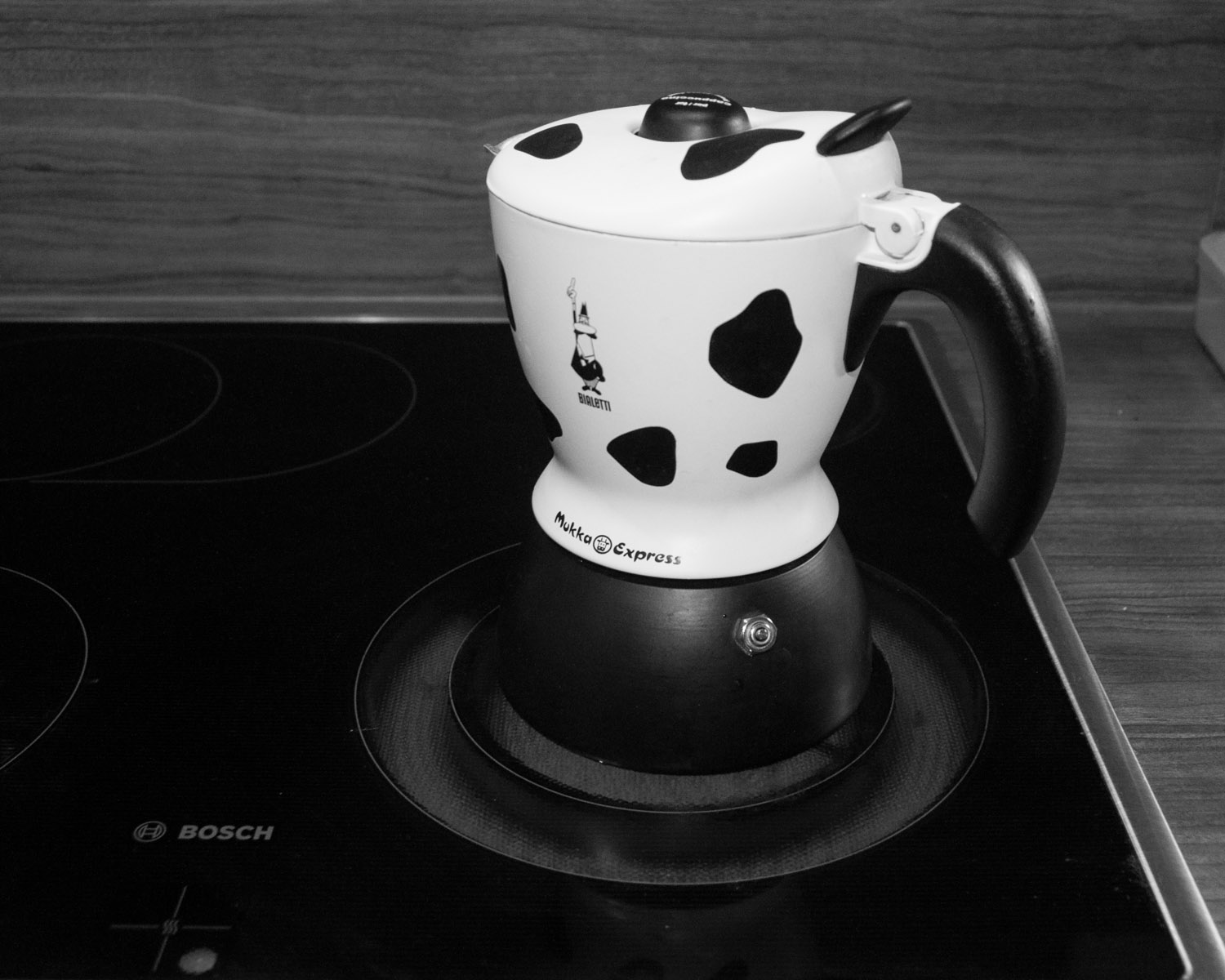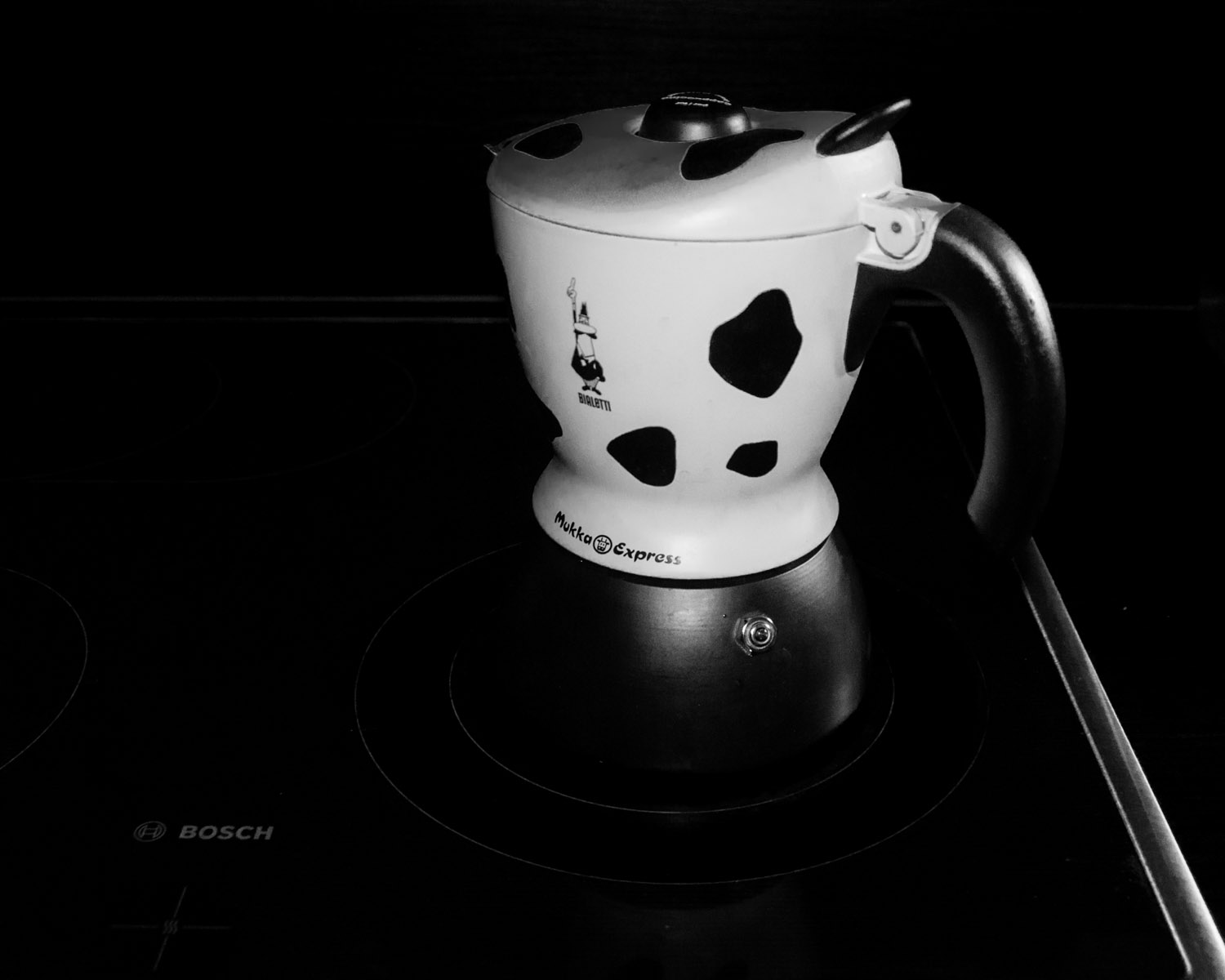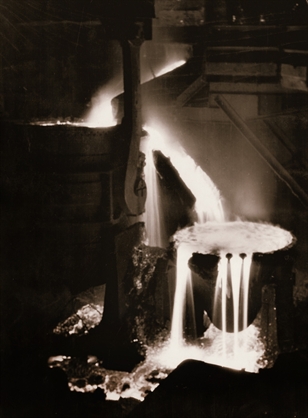It’s time for Food on Friday: today’s topic is making cappuccino at home in Tübingen.
As i have previous talked about here on 22tue, the German approach to Kaffee (“coffee”) is completely different from coffee in Italy. Italian coffee is stronger, and that’s the kind that Chris and I prefer, so we make our morning “espresso”-type coffee in a stovetop pot called a moka, or more formally called by the company a Moka Express. It’s not true espresso that we’re making, since it’s not made under pressure (as it is in a proper espresso machine. Rather, the stovetop moka pot has 3 sections: the bottom chamber which you fill with water, the middle section where you put the coffee, and the upper chamber which is initially empty. When the water boils, the steam rises up through the coffee and reaches the here-to-fore empty chamber at the top, collecting there as coffee.
Now, while you could add milk (cold or steamed) to that coffee, we typically drink it black. But years ago, I used to always drink cappuccinos, which are made with a combination of that coffee, steamed milk, and foamed milk. It’s not easy to made by hand (i.e. to heat the milk in a pot, and then froth it somehow). And so I rarely tried making that at home.
However, a while back, friends from Italy came to visit, and they gave us a special kind of stove-top moka pot, called a Mukka Express. The name is a little play on words: moka is the normal name for the style pot, and mucca is the word for “cow” in Italian. a cow makes in Italian. The top chamber of the pot is white with black spots, like the spots on a cow, to add a cute design go with the naming. The idea of the cow is essential to this pot, since it is designed to allow you to make coffee drinks with steamed foam milk on the stove top, all in the same pot, all at the same time.
Here’s how it works. You fill the bottom chamber with water, like normal, and put the coffee in the middle section, also like normal. But the top chamber is large, and you fill it up to the 1/3 mark with milk. There’s a little piece you push down, and then you turn on the burner as normal. After about 5 minutes, you hear a sound like a rocket taking off. That’s the signal that the little button has popped up; a minute later, the upper chamber will be filled with hot coffee mixed with steamed milk, topped with foamy milk.
Magic.
If you want to see it in action, I found this instructional video for it on YouTube, which is in Italian with English title cards. It never ceases to amaze me what you can find on YouTube. Unfortunately, they don’t let you hear the sound of the rocket taking off (when the button pops) – you’ll just have to come to visit to hear that, I guess. 🙂
Now, I also have a couple of photos of our own Mukka to show you, but the reason I took the photos was not for this blog post. Rather, it was for my history of photography lecture a couple of weeks ago. Let me explain.
Travel back with me now to Cleveland, Ohio, circa 1929, with American photographer Margaret Bourke-White. As I blogged last February, Bourke-White initially became famous for photos taken inside a steel mill. Her first challenge was just to be allowed to set foot into the mill, since at that time, women were forbidden entrance. When she finally got permission to go into the mill, she was then confronted with a major problem for her photography: the glow from the molten steel was a beautiful red and orange, which wouldn’t register on the film she had at her disposal in 1929.
For my lecture last week, I wanted to try to illustrate the problem this “color-blind” film posed for Bourke-White, because I think it’s hard for us to imagine what it means for a film not to register the full range of colors that we can see. You might think, well, no black and white film can “see color”, but in fact the modern black and white film can, in a way that film originally could not.
To demonstrate this, I needed to find something to take a photo of that I could use as an example. Of course, I didn’t have any molten steel handy to duplicate Bourke-White’s specific problem. But my stove has a burner that glows a lovely red that works as a substitute to show the types of colors that Bourke-White was trying to record on film. In addition to the burner (with the red glow), there is also a little red indicator light that shows which burner is currently hot (in the front). Plus, next to the stove I have a container with a red top, and so I framed my image to include that in the photo. I also framed my image with the Mukka pot on top of the burner.
Now, a photo of that taken with modern technology looks like this:
If I just click a button in my digital darkroom software to change the photo to grayscale/modern black and white, here’s what it looks like:
You can at least see a representation of the red parts.
But, if I was working with the same film that Margaret Bourke-White had at her disposal in 1928, my photo above would have looked like this:
No reds, no glows, no nothing. The Mukka pot is pretty much left in the dark.
Now, I think that the second photo is in many ways a better photo to show off the Mukka Espress machine that the one in color. Cows and their spots don’t have much of a glow, after all, and the stove wasn’t an exciting subject.
But for Margaret Bourke-White, the glows and molten steel were the subject. It took her months to figure out how to capture photos like this with that film:
Anyway, from food to photography; a fine way to finish off a Friday. 😉





That pot with its spots, too cute for words. Good idea to take it in B&W with burner on.
But Bourke-White’s photo is something else.